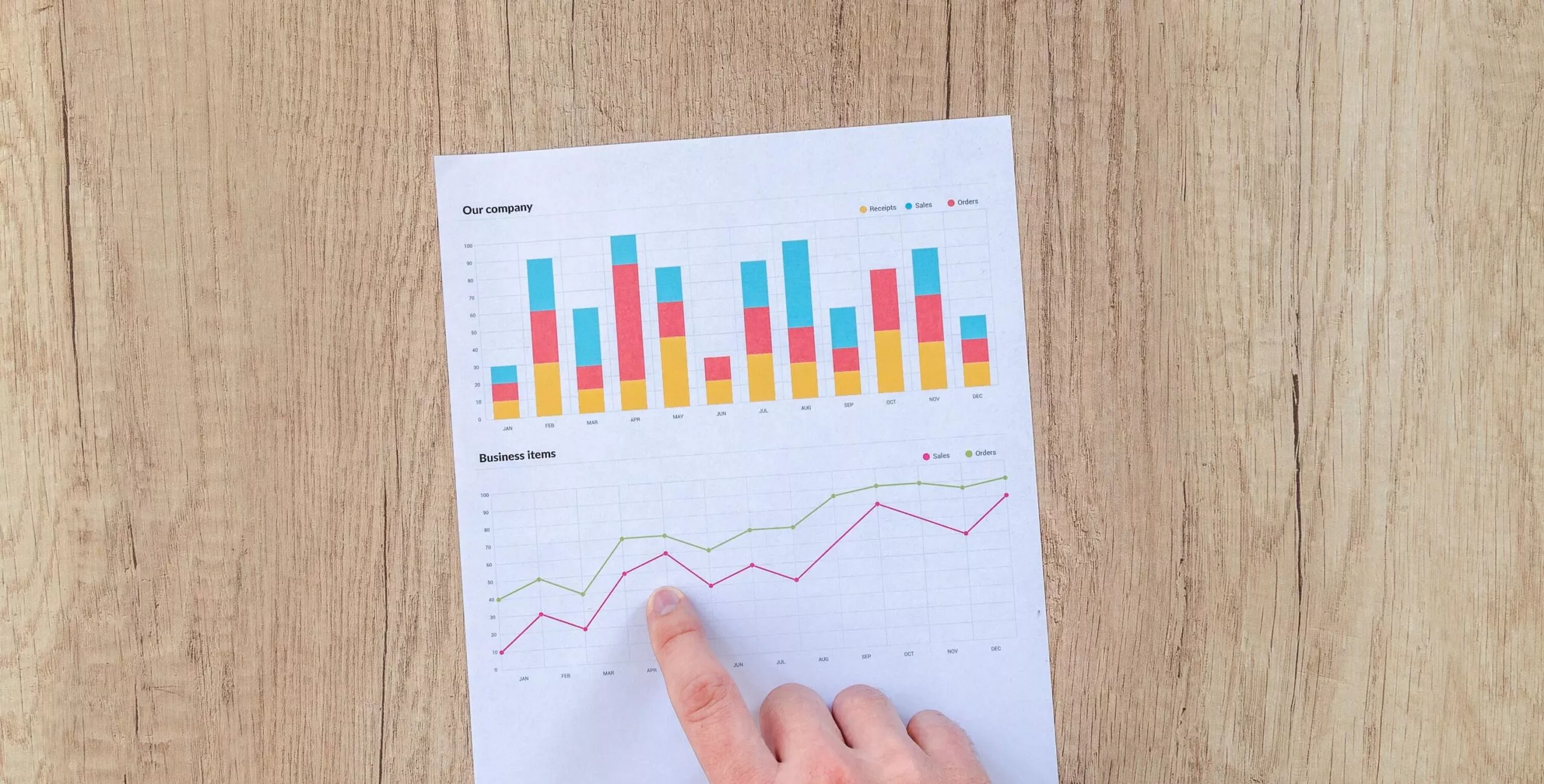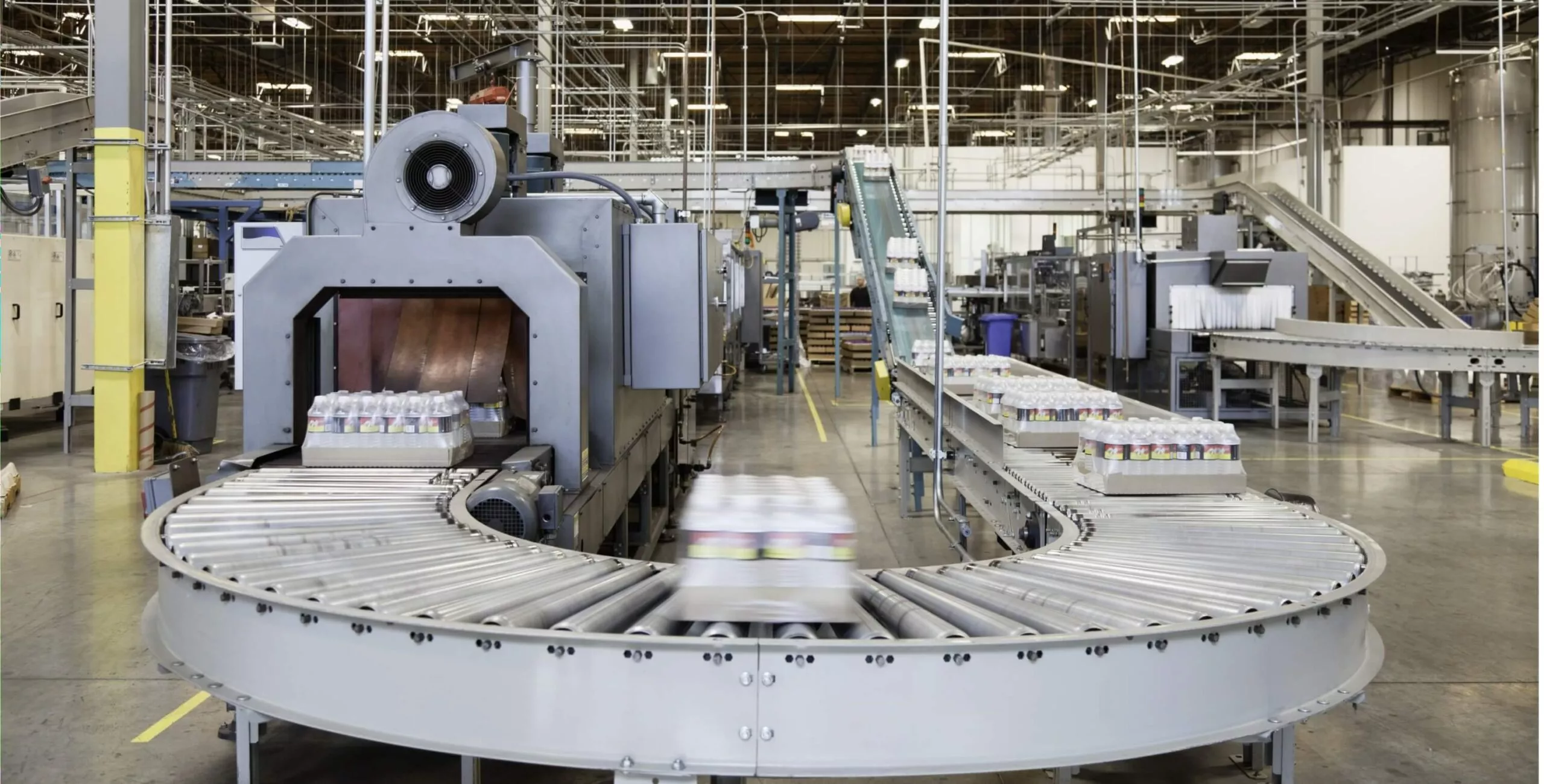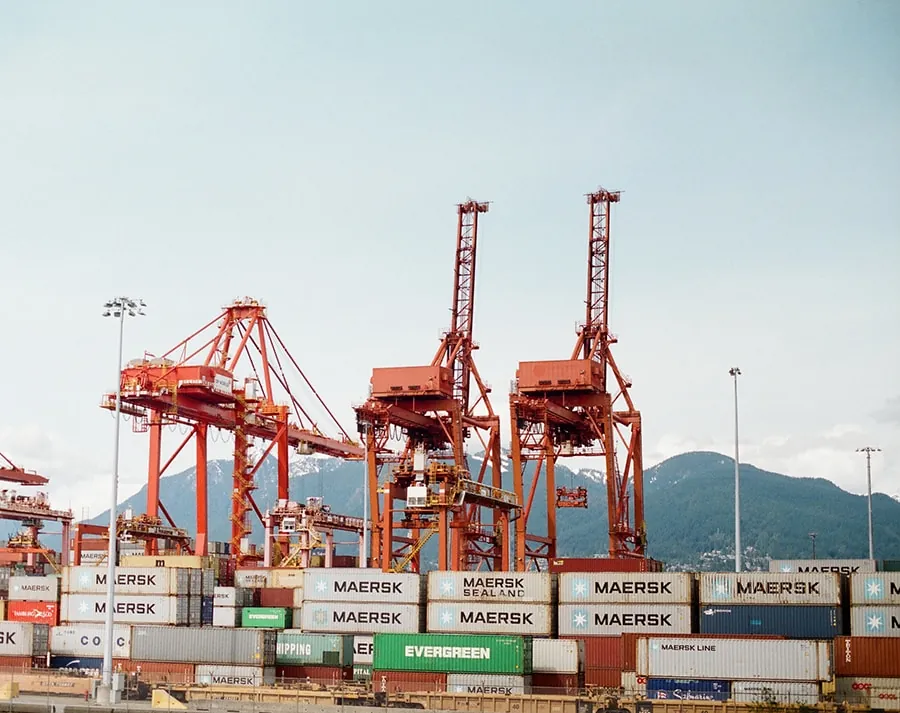Maintenance KPIs and metrics are essential tools for measuring the efficiency of your processes and your organization’s overall performance. They enable you to identify gaps, set benchmarks, and implement strategies to reduce downtime and increase equipment reliability
Here are the essential maintenance KPI metrics that you need to focus on:
- MTTR
- MTBF
- Overall Equipment Effectiveness (OEE)
- Preventive maintenance
- Planned and Unplanned Maintenance
- Root Cause
- Maintenance Backlog
- Scheduled Maintenance Critical Percent (SMCP)
Let’s learn these metrics in detail.
What is Maintenance KPI?
Maintenance Key Performance Indicators (KPIs) are specific metrics used to evaluate the effectiveness and efficiency of maintenance activities within an organization. These indicators help track performance, identify areas for improvement, and ensure that maintenance processes are aligned with overall business goals.
What Are Maintenance Metrics?
Maintenance metrics are key performance indicators (KPIs) used to track and measure the performance of maintenance processes. These metrics provide valuable insights into how well assets are being maintained, where resources are being allocated, and how effective maintenance strategies are at preventing equipment failures and downtime.
Maintenance Performance Metrics vs Maintenance KPIs
Maintenance Key Performance Indicators (KPIs) and Maintenance Performance Metrics are terms often used interchangeably, but they do have distinct meanings and applications in the context of maintenance management.
Performance Indicators (KPIs) are specific, measurable values that are used to track the effectiveness and efficiency of maintenance activities. They are critical for setting goals, monitoring progress, and identifying areas for improvement. KPIs are usually aligned with the strategic objectives of the organization and are used to evaluate the success of maintenance processes.
Maintenance Performance Metrics are broader indicators that provide a comprehensive view of the performance and health of maintenance processes. They encompass a wider range of data points and can include both KPIs and other metrics that offer insights into various aspects of maintenance. These metrics help organizations understand the overall effectiveness of their maintenance strategies and identify trends and patterns over time.
Important Maintenance Key Performance Indicators (KPIs)
There are 8 best KPIs for maintenance that you need to focus on:
Mean Time to Repair (MTTR)
MTTR = Total Repair Time ÷ Number of Repairs
MTTR is the average time that is required to restore failed equipment to working order and return to production. When you have access to this metric, you will gain knowledge of how your organization must respond to planned repairs or unplanned equipment problems. You will also have evidence of how long the production was interrupted and what the average repair time of each component was. An EAM software can help you calculate this metric accurately.
Mean Time Between Failure (MTBF)
MTTF = Total operational hours ÷ Total assets in use
MTBF is the average time between equipment failures. Use CMMS software to measure this KPI for individual equipment. It is one of the most efficient ways of analyzing the reliability of an asset and predicting its future performance. It is an important metric when you are scheduling preventive maintenance to reduce downtime and ensure that you do not over-maintain your assets.
Overall Equipment Effectiveness (OEE)
OEE (%) = (Availability × Performance × Quality) × 100
OEE is a comprehensive metric that measures the overall efficiency of your manufacturing process. It takes into account the availability, performance, and quality of the equipment. A higher OEE score indicates that the equipment is running efficiently, producing high-quality products with minimal downtime. Tracking OEE helps in identifying areas where improvements can be made to enhance productivity.
Preventative Maintenance
One of the most effective ways of reducing asset downtime and increasing its lifespan is by performing regular preventive maintenance on the equipment. This will reduce the likelihood of equipment failure. Asset management software helps in monitoring and tracking whether the scheduled work has been carried out or not and if it was done on time.
You must measure it so that you can assess the effectiveness of the preventive maintenance program effectively. Maintain a preventive maintenance strategy and stick to it because if you don’t, you can most likely expect failures and disruptions.
Planned Vs Unplanned Maintenance
This maintenance KPI will help you determine the maintenance maturity in your organization. If it lies north of 90%, it is considered excellent; over 70% is acceptable with room for improvement and anything less than that is considered problematic for the business. This maintenance metric stored in preventive maintenance software helps you evaluate the effectiveness of your preventative maintenance program and monitor improvements over time.
Root Cause
If there is an issue, you will put all your efforts into resolving it as quickly as possible. However, you shouldn’t forget about the issue once it is resolved. Try to get a deeper understanding as to why the problem occurred and what its root cause was. Digging deep will let you have a better understanding of recurring problems, which will help the maintenance team in the long run.
If the issue is caused repeatedly due to human error, it indicates that your staff requires more training and you must schedule some training sessions using maintenance management software. Overused assets, low-quality spares and technician skills can all hurt the maintenance department in the long run. You need to identify such issues and their root causes so that you can effectively put remedial actions in place.
Maintenance Backlog
It is a common problem that numerous organizations face. Employ asset planning software to track the maintenance logs regularly so that you can be aware if any backlog is being created or not. The longer you leave the backlogs, the more compliance issues or breakdown of assets will crop up. Encourage transparency as it will allow you to know what work orders are overdue and prioritize them accordingly.
Scheduled Maintenance Critical Percent (SMCP)
SMCP (%) = (Scheduled Critical Maintenance Tasks Completed ÷ Total Scheduled Critical Maintenance Tasks) × 100
SMCP measures the percentage of critical maintenance tasks that are scheduled and completed on time. This metric helps ensure that essential maintenance activities are not overlooked and are performed according to the schedule. Maintaining a high SMCP ensures the reliability and longevity of critical assets.
Why Are Maintenance KPIs & Metrics Important?
Maintenance metrics provide a range of benefits for organizations that rely on equipment and assets to achieve their goals. By tracking and measuring maintenance performance, organizations can:
- Identify areas for improvement: Maintenance KPI metrics provide valuable insights into how well maintenance processes are performing. By identifying areas for improvement, organizations can optimize their maintenance strategies and improve asset reliability.
- Reduce downtime: By tracking metrics such as MTTR and PM, organizations can identify opportunities to reduce downtime and improve equipment availability.
- Increase efficiency: By measuring OEE, organizations can identify areas where equipment is not being utilized efficiently, and take steps to optimize utilization.
- Make informed decisions: By having access to data on maintenance performance, organizations can make informed decisions about resource allocation, equipment replacement, and maintenance strategy.
How to Implement Maintenance KPIs and Metrics?
Implementing KPIs for maintenance requires a structured approach. The following steps can help organizations implement maintenance metrics effectively:
- Define objectives: Identify the key objectives for implementing maintenance metrics. What do you hope to achieve by tracking performance?
- Select metrics: Select the metrics that are most relevant to your objectives. Consider which metrics will provide the most valuable insights into maintenance performance.
- Establish baselines: Establish baseline metrics to provide a starting point for tracking performance. This will allow you to measure progress over time.
- Collect data: Collect data on maintenance performance, using software systems or other tools to automate the process where possible.
- Analyze data: Analyze the data collected to identify trends, patterns, and areas for improvement.
- Take action: Use the insights gained from the data analysis to take action and optimize maintenance strategies.
- Review and refine: Continuously review and refine your maintenance metrics and maintenance strategies to ensure ongoing improvement.
Conclusion
Maintenance metrics are essential for effective maintenance management. By tracking performance indicators, organizations can gain valuable insights into maintenance performance, and areas for improvement, and make informed decisions about resource allocation and maintenance strategies. Implementing maintenance metrics requires a structured approach, but the benefits – including reduced downtime, increased
If you can’t measure these maintenance metrics, you won’t be able to improve them. It is possible to reduce cost, failure and downtime if you can correctly implement, measure and track these maintenance metrics. NEXGEN’s EAM can help contribute to effective business operations by managing and measuring these maintenance KPIs accurately. When you implement NEXGEN CMMS, you are essentially setting your facility and organization up for long-term success.





